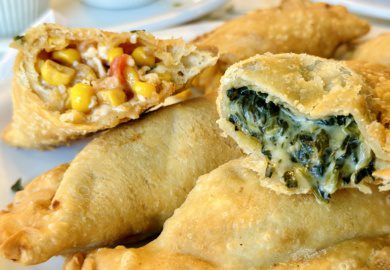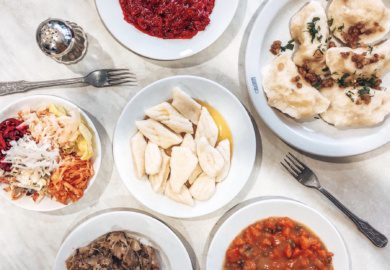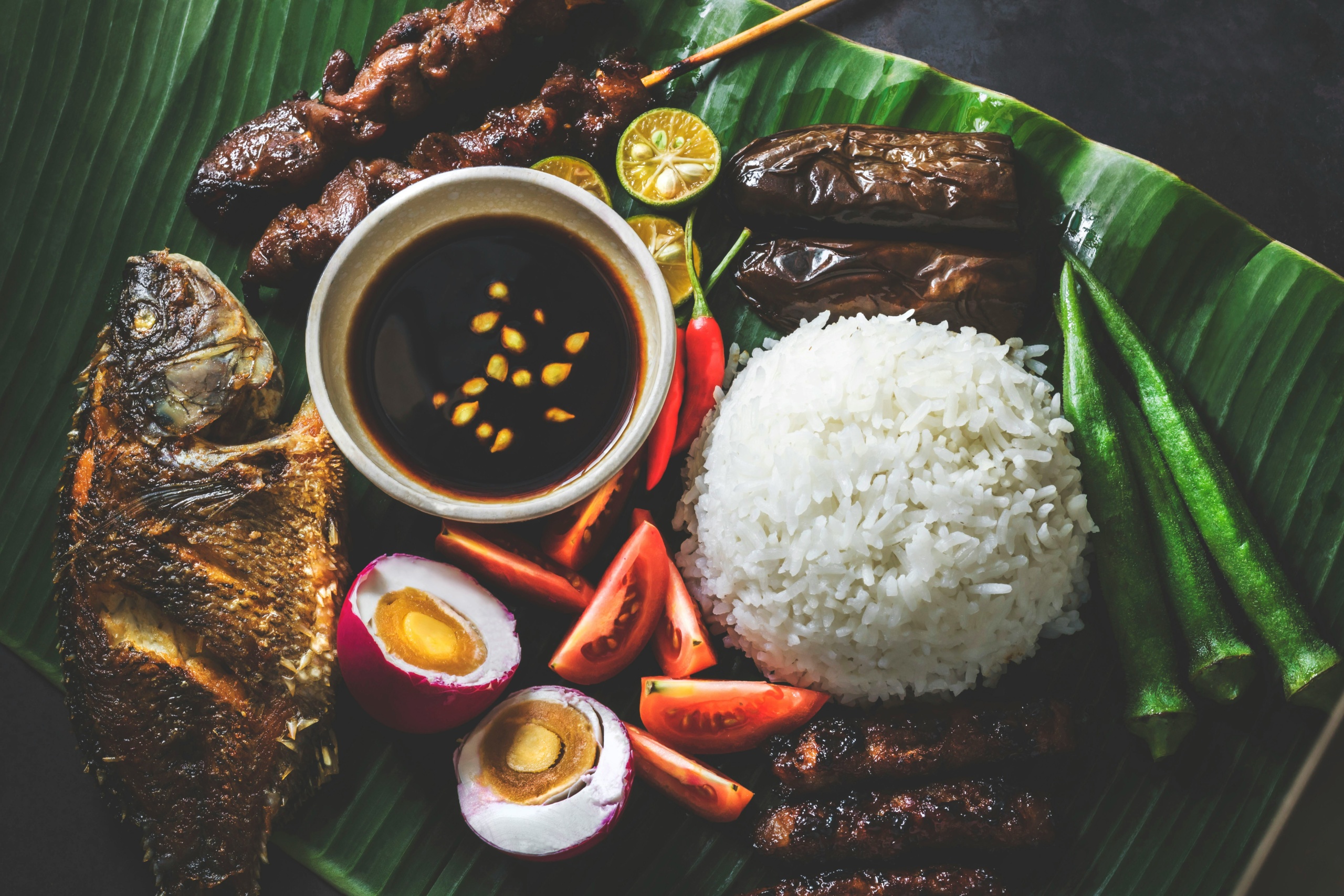
Why Filipino Food Is Underrated in the US—And How That’s Changing in Los Angeles
Looking for tips on where to find the best Filipino food in Los Angeles – and why on earth it’s so hard to find it?! Read on!
In the vibrant and diverse culinary landscape of the United States, especially in cities like Los Angeles, Asian cuisines have found enthusiastic audiences and loyal followings.
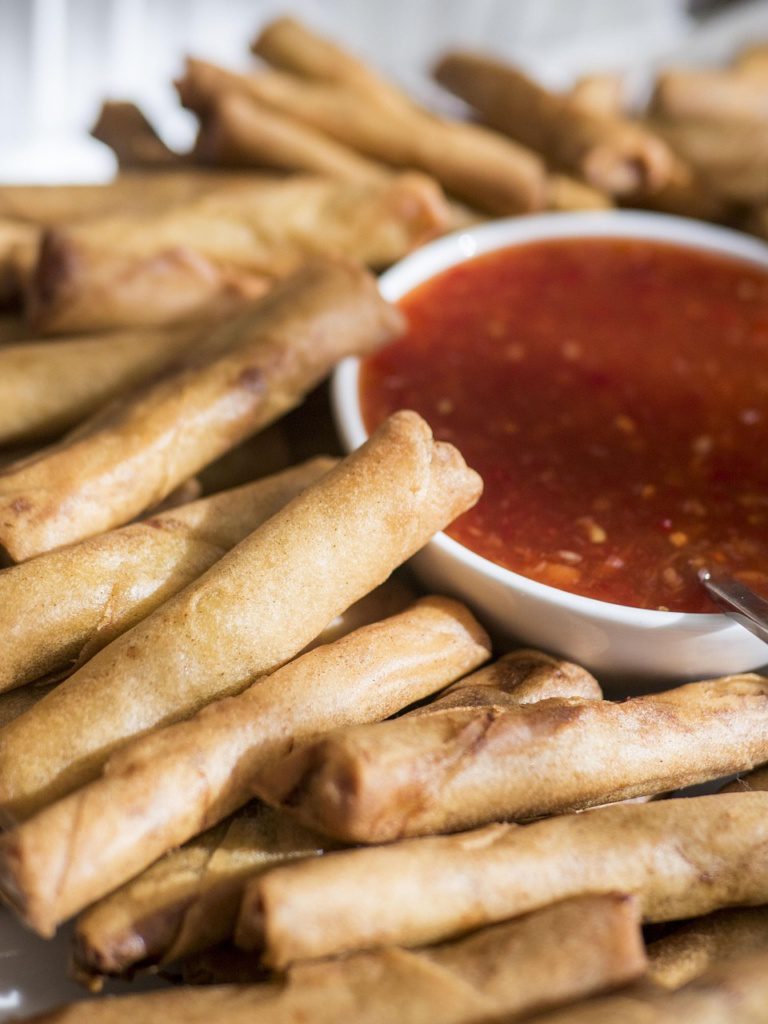
Chinese, Thai, Korean, and Vietnamese dishes are staples on countless menus and delivery apps. Yet Filipino cuisine—complex, soulful, and centuries-deep—has remained relatively under the radar.
Despite a large Filipino-American population, especially in Los Angeles, Filipino food hasn’t always received the recognition it deserves. But that story is finally changing.
You might also like: Where to Eat in Silverlake, LA: 10 Places You Shouldn’t Miss
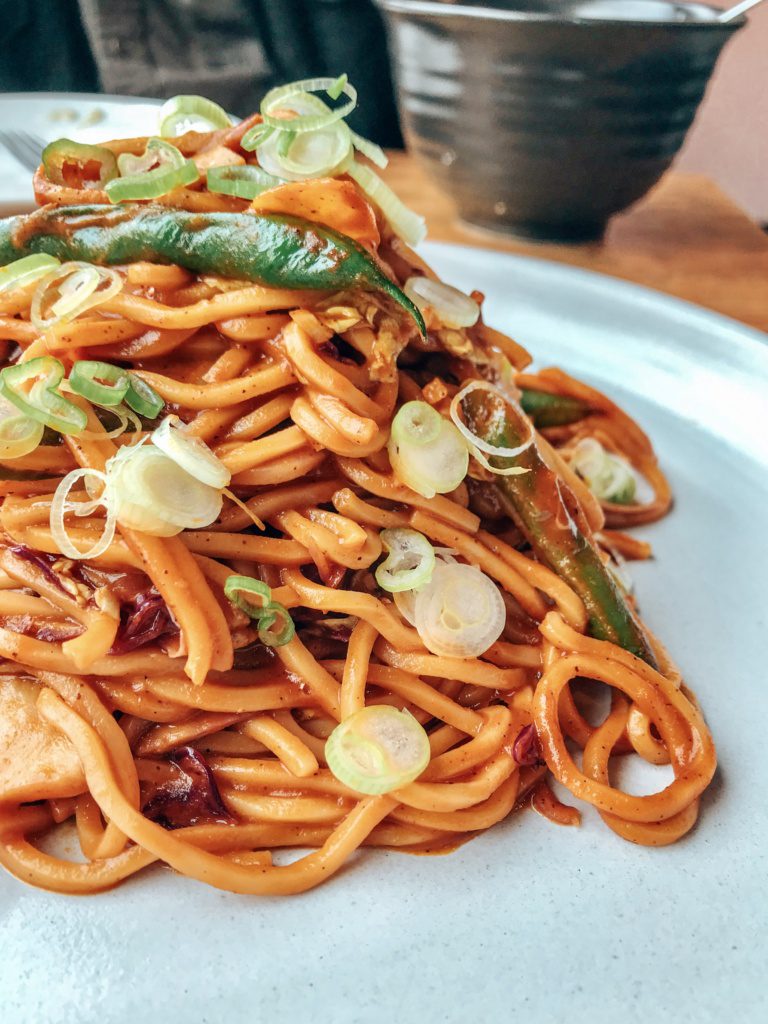
The Roots of an Filipino Cuisine in the US
The reasons for Filipino food’s underrepresentation are layered and historical. Unlike other Asian cultures that established robust restaurant presences early on, Filipino immigrants often prioritized stability over visibility.
When the first significant wave of Filipino migrants arrived in the early 20th century—many as farmworkers or naval servicemen—they were more focused on assimilation and economic survival than showcasing their cuisine to the broader public.
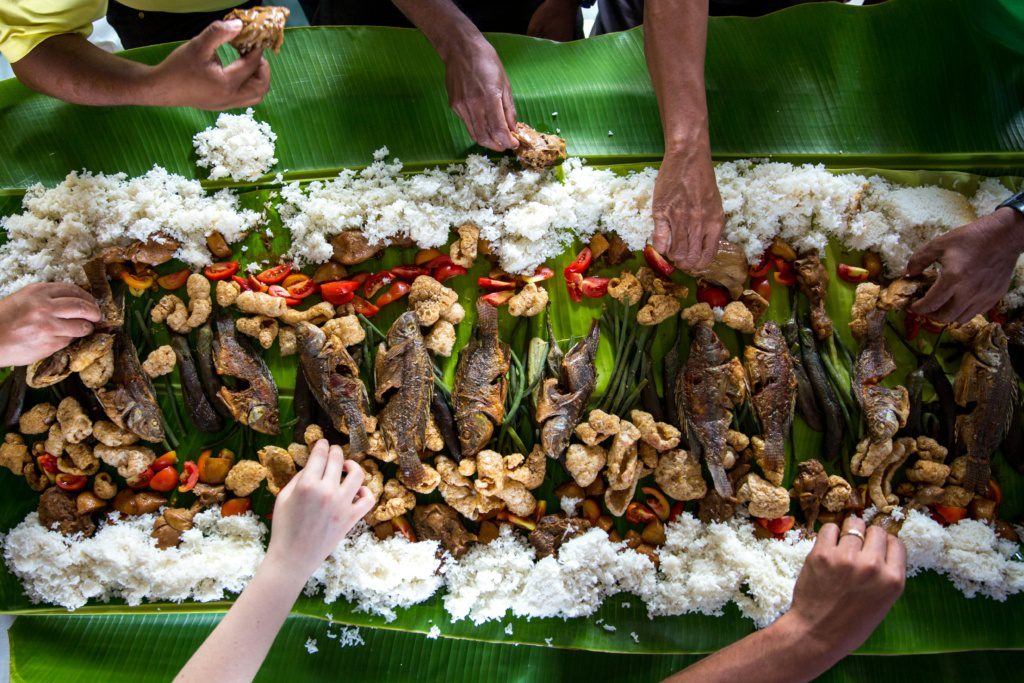
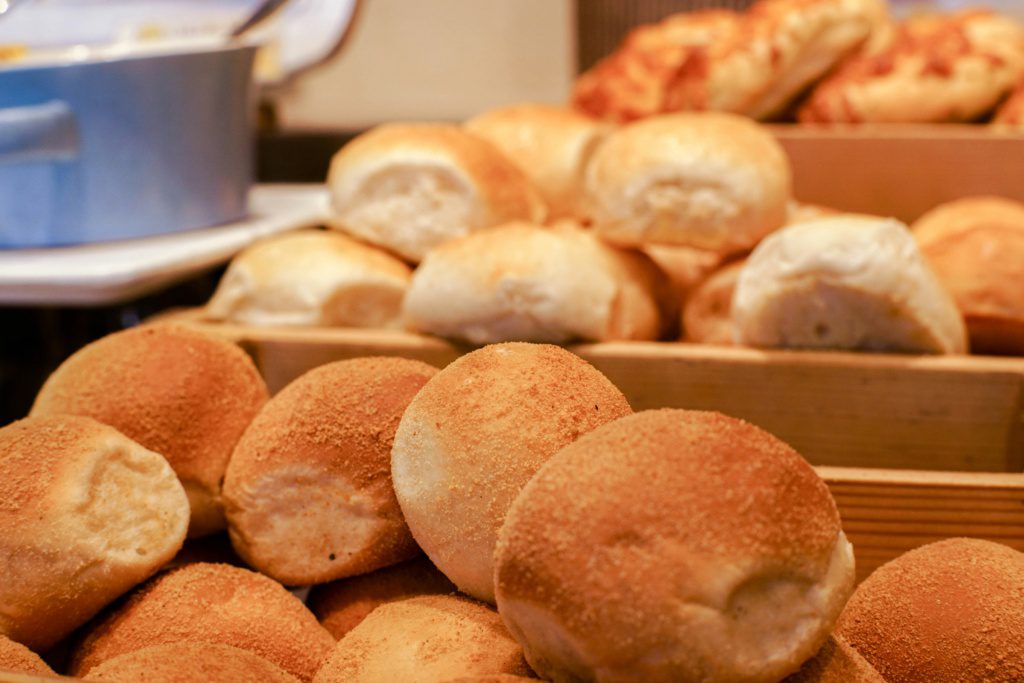
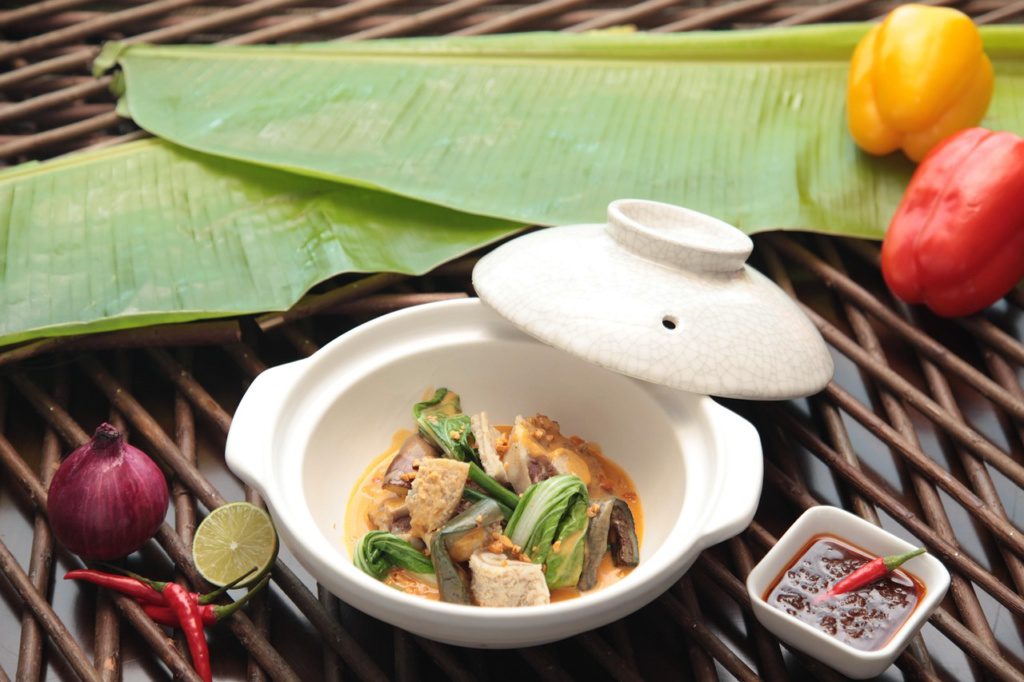
Culturally, Filipino food doesn’t always fit neatly into Western expectations of what Asian food should be. It’s not dominated by stir-fries or rice noodles.
Instead, it’s a rich melange of flavors that reflects the Philippines’ colonial past—Spanish, Chinese, Malay, and American influences all coexisting in dishes that favor braises, stews, and bold flavor contrasts.
This complexity can be hard to market in a country used to identifying dishes by a single defining ingredient or cooking method.
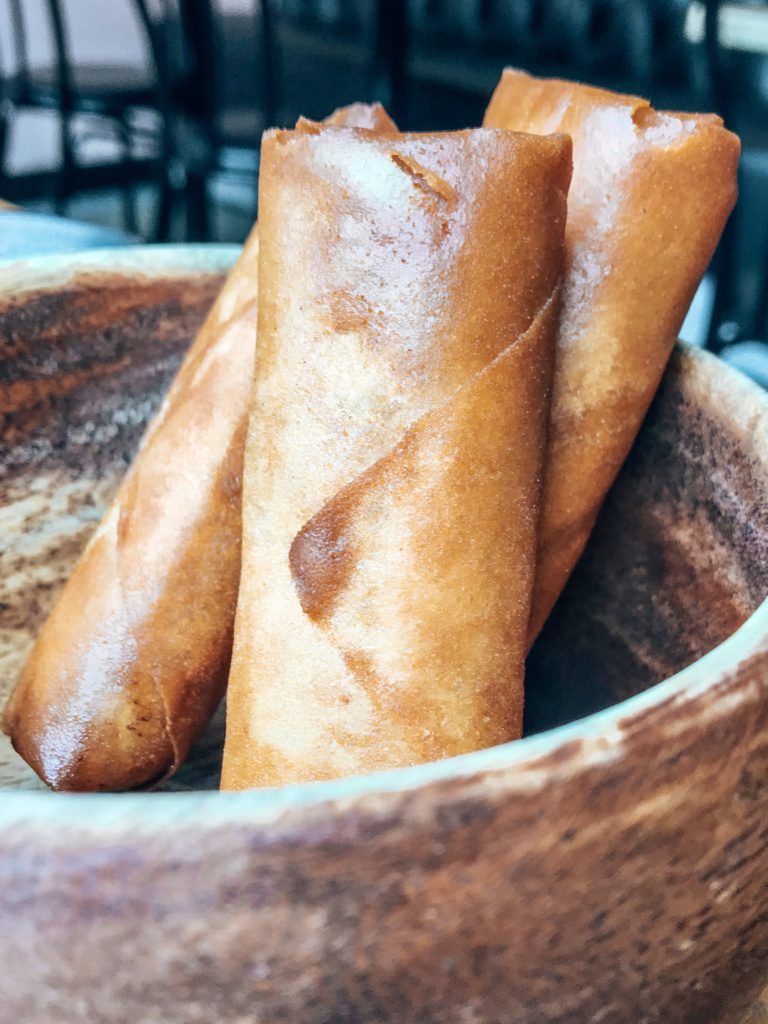
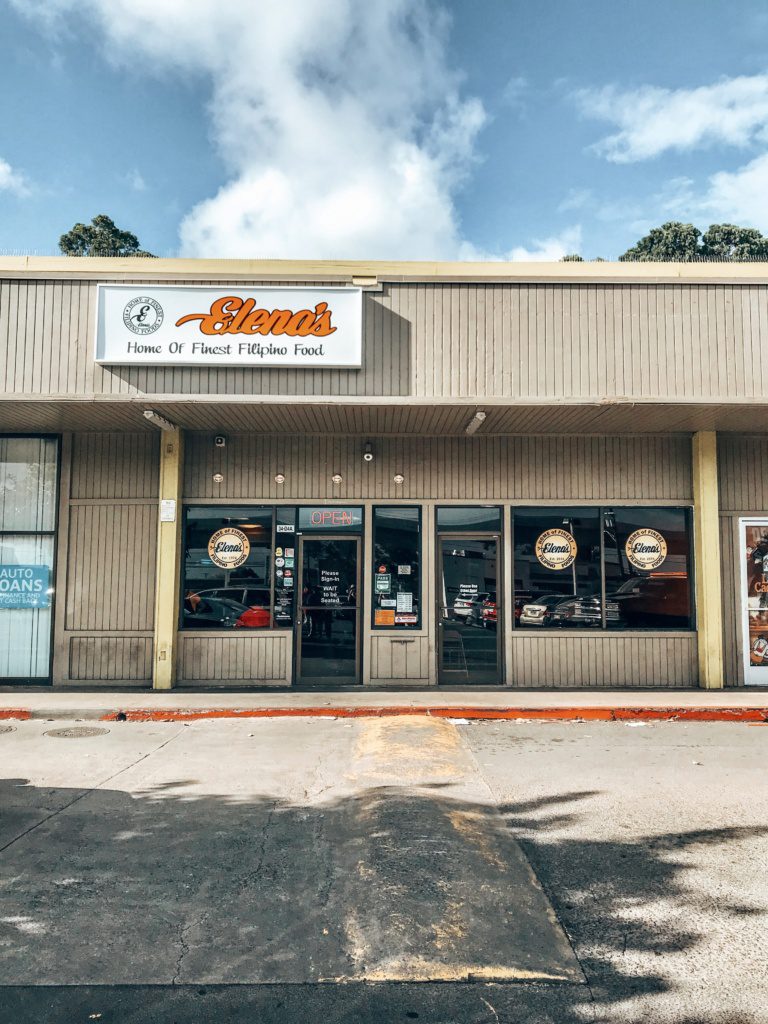
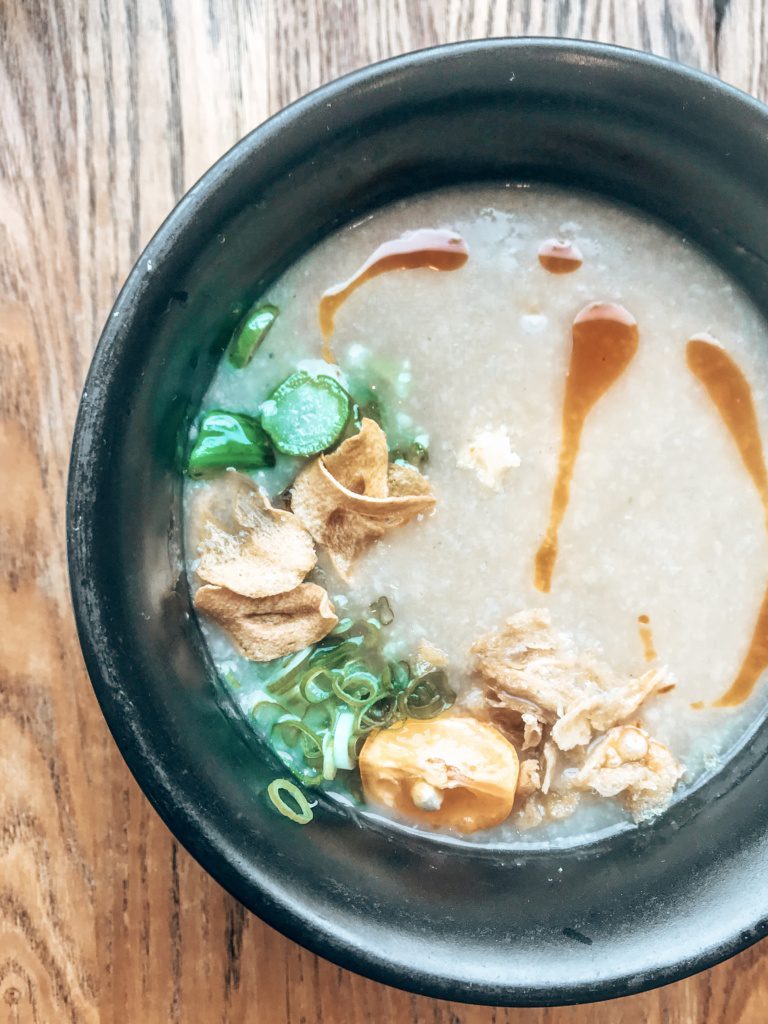
You might also like: Los Angeles and Porto’s Potato Balls: A Love Story
Los Angeles: A Filipino Food Capital in the Making
With over half a million Filipino Americans in Southern California, Los Angeles is home to one of the largest Filipino communities outside the Philippines.
At the heart of this community is Historic Filipinotown, officially designated in 2002.
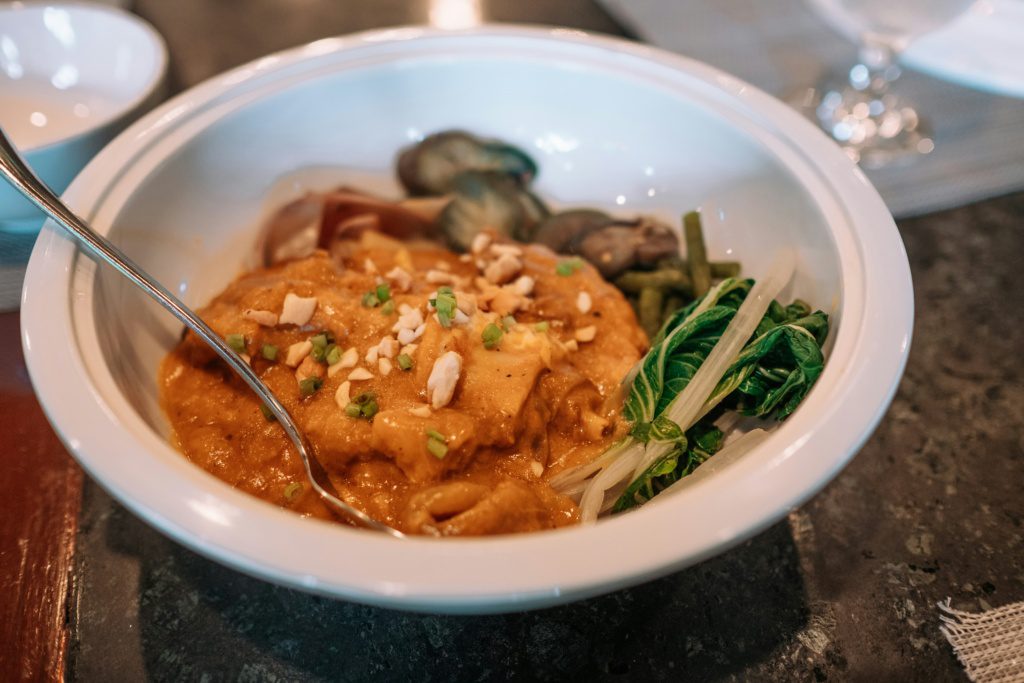
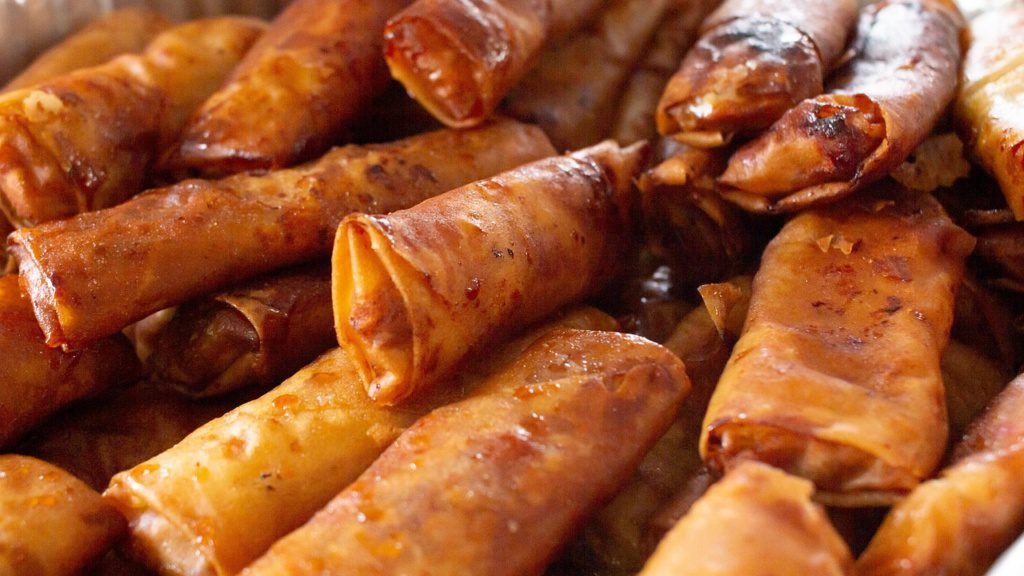
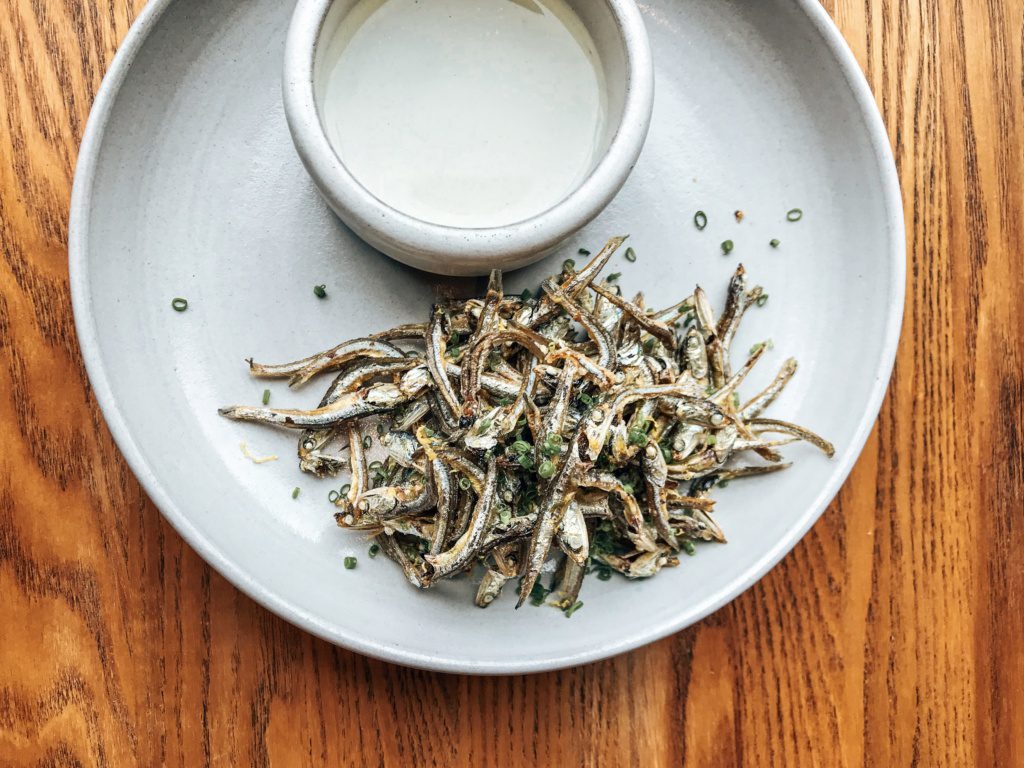
Often referred to as “HiFi,” the neighborhood is more than a symbolic center—it’s an evolving hub for Filipino culture, art, and, increasingly, food.
Though many Filipinos now live in the San Fernando Valley, Cerritos, Eagle Rock, and elsewhere, HiFi still serves as a cultural anchor for both longtime residents and new generations.
In the last decade, a new wave of Filipino-American chefs and entrepreneurs has redefined how Filipino food is seen, shared, and celebrated in Los Angeles.
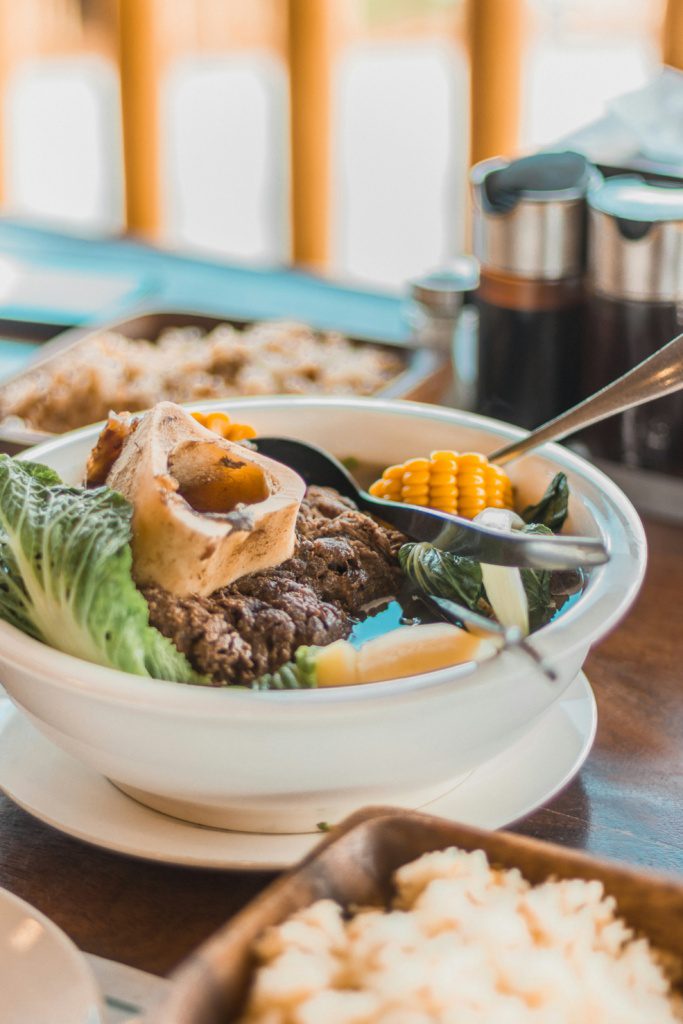
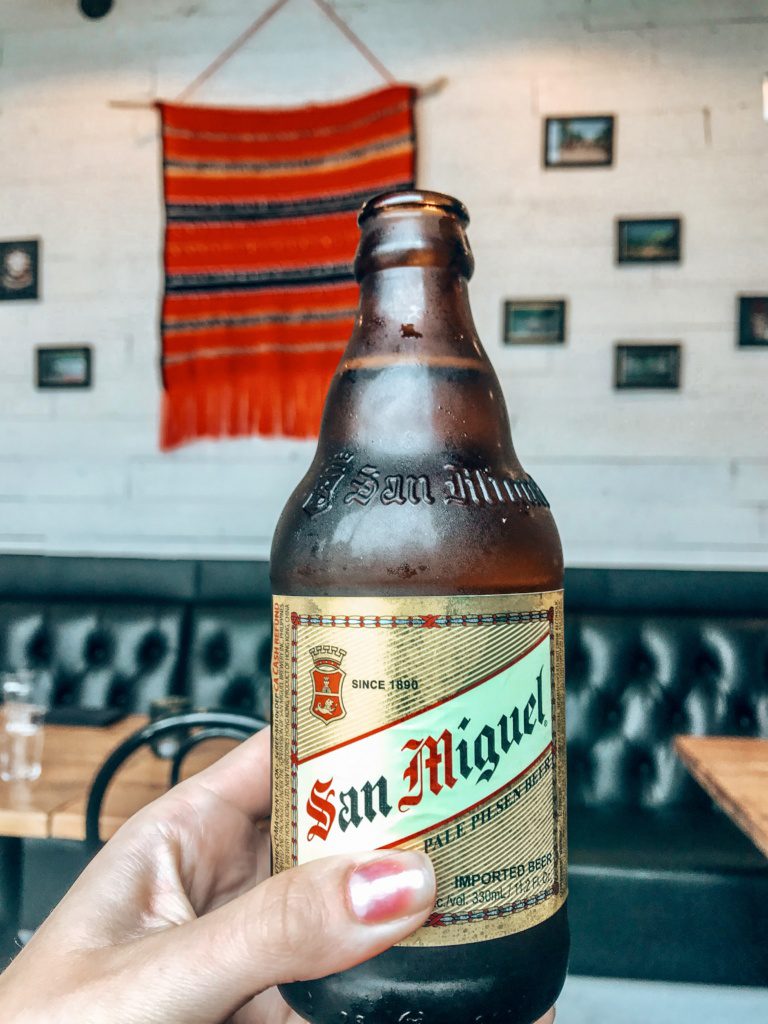
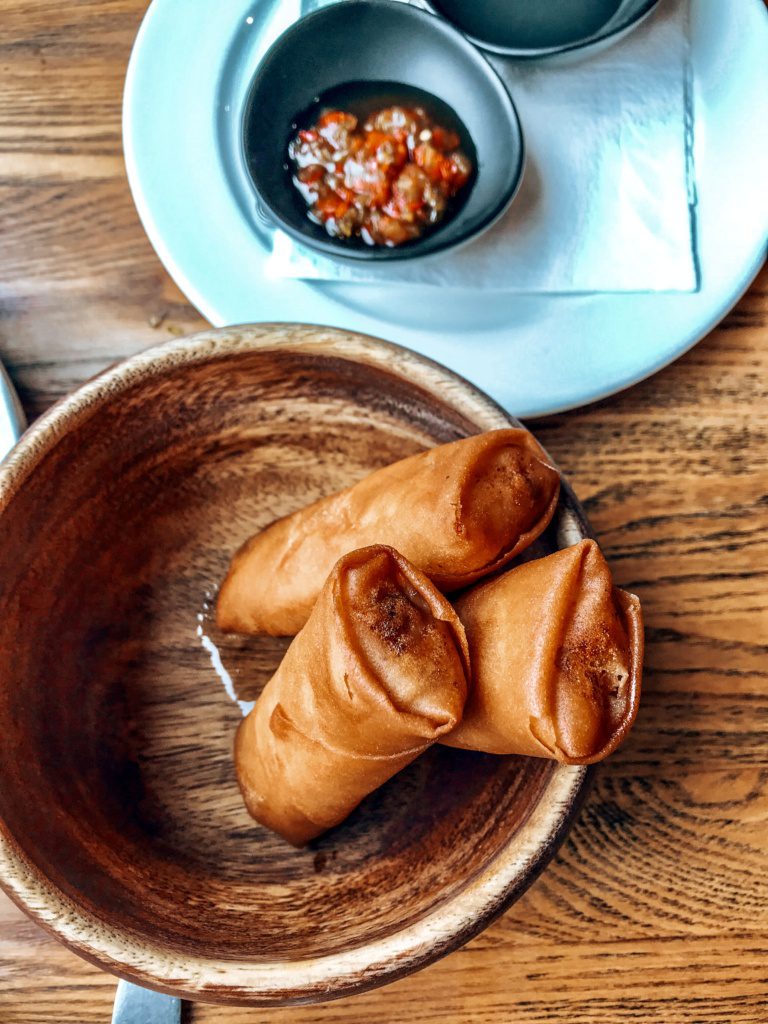
No longer limited to home-style eateries tucked into strip malls, Filipino cuisine is now featured in trendy restaurants, food festivals, and even cocktail bars.
You might also like: 30 Best Bean And Cheese Burritos In LA (And How The Burrito Almost Saved My Marriage)
Must-Try Filipino Restaurants in Los Angeles
Here are some of the standout Filipino restaurants and food spots helping to reshape the narrative:
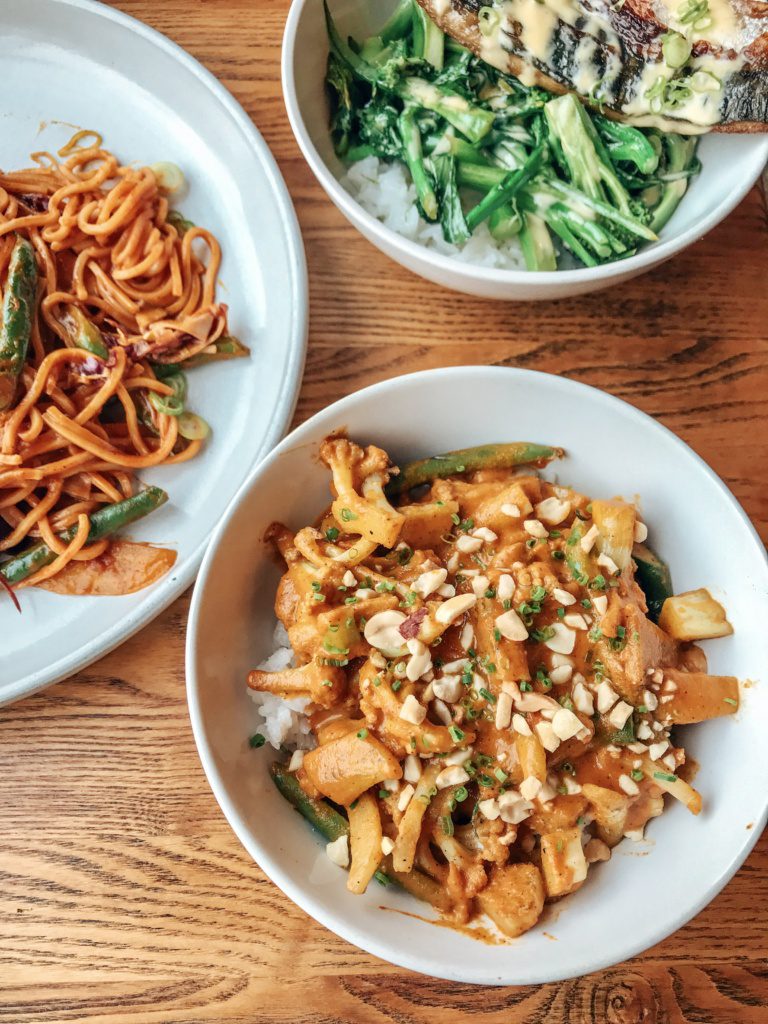
- Lasita (Chinatown) – A casual, wine-forward Filipino rotisserie by chef Chase Valencia. It’s a bold reimagining of lechon and inasal paired with natural wines.
- Spoon & Pork (Fairfax & Virgil Village) – Modern takes on Filipino comfort food like pork belly adobo and their signature patita (crispy pork shank).
- Kuya Lord (Melrose Hill) – A fast-casual spot with elevated, deeply flavored renditions of silogs, sisig, and the famed pancit chami.
- La Rose Cafe (East Hollywood) – A nostalgic throwback to traditional Filipino dining with home-style meals and warm hospitality.
- The Park’s Finest (Echo Park) – A BBQ fusion restaurant blending American smokehouse technique with Filipino flavors—think coconut beef and cornbread bibingka.
- Dollar Hits (HiFi) – A street-style grill-your-own skewers spot offering affordable Filipino street food staples, beloved by locals and tourists alike.
- Auntie Dee’s Pan de Manila (Glassell Park) – A long standing bakery known for their fresh pan de sal and taro bread. Also try Kusina Filipina next door!
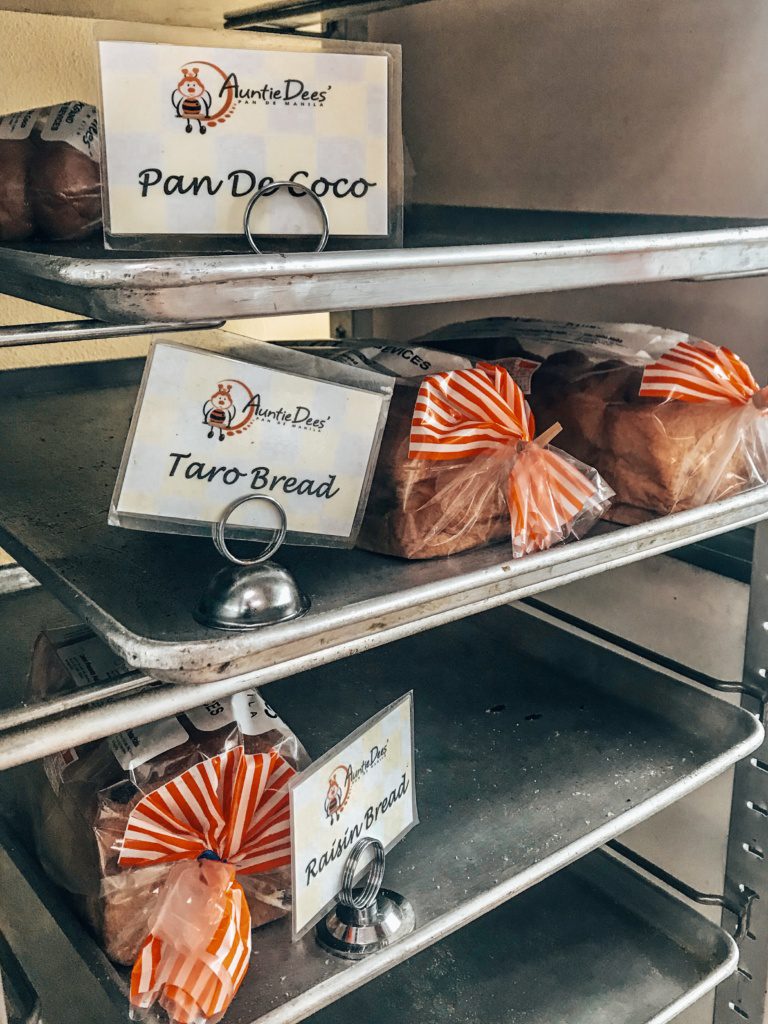
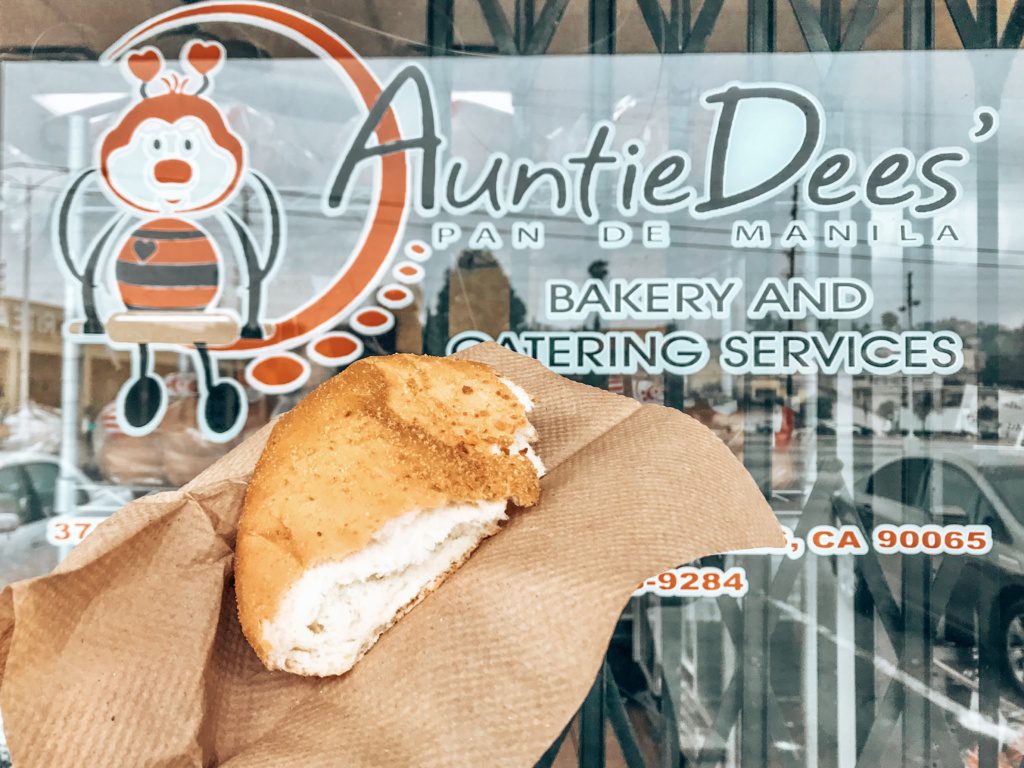
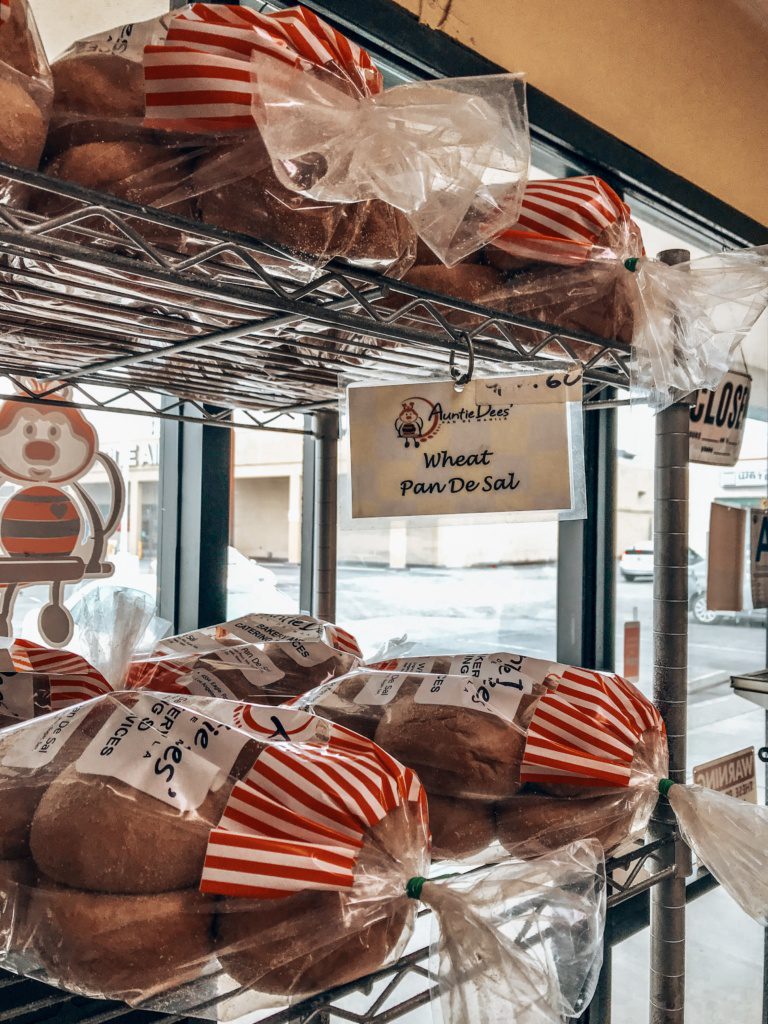
- HiFi Kitchen (Historic Filipinotown) – An inventive and community-centered cafe reinterpreting classics like tapa and longganisa bowls.
- Neri’s Casual Filipino Dining (KTown) – head there for a traditional silverware-free kamayan meal aka a feast served family style, usually over banana leaves.
- B Sweet (Sawtelle) – Known for its halo-halo and ube desserts, this dessert bar brings Filipino flavors to a younger, trend-savvy audience.
- Jollibee (Multiple Locations) – The iconic Filipino fast-food chain famous for its Chickenjoy, sweet-style spaghetti, and peach mango pies.
- Thunderbolt (Echo Park) – A cocktail bar incorporating Filipino ingredients like calamansi, ube, and pandan into sophisticated drinks. Try the calamansi gimlet or ube old fashioned. They’ll change the way you think about Filipino ingredients—one sip at a time.
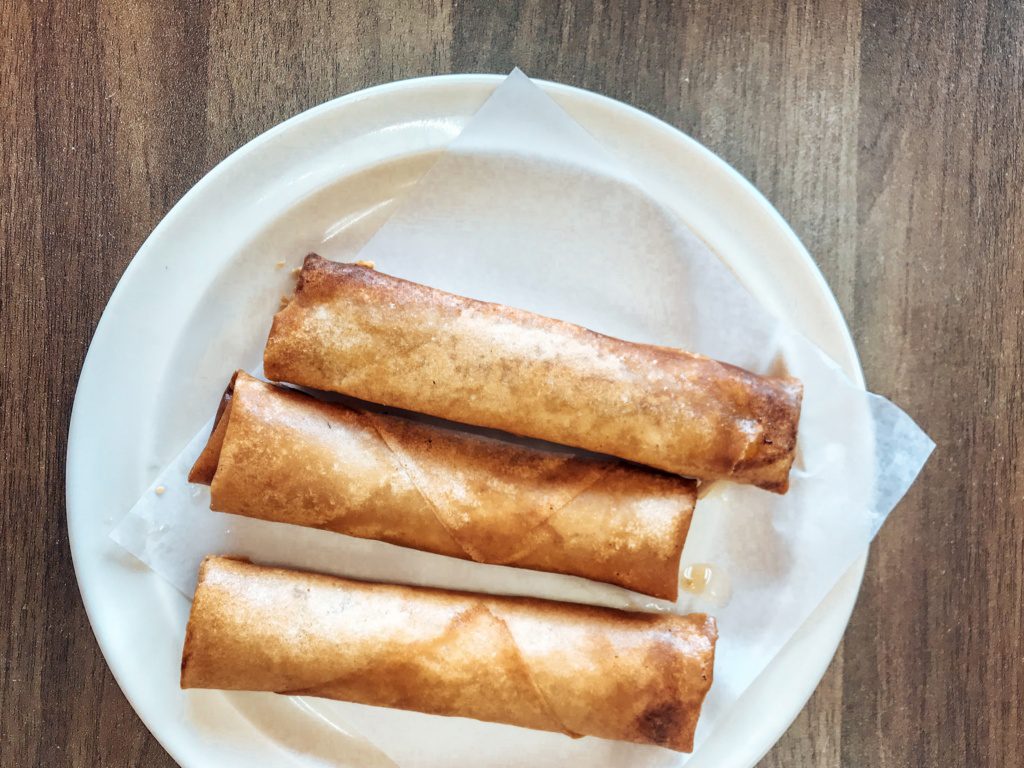

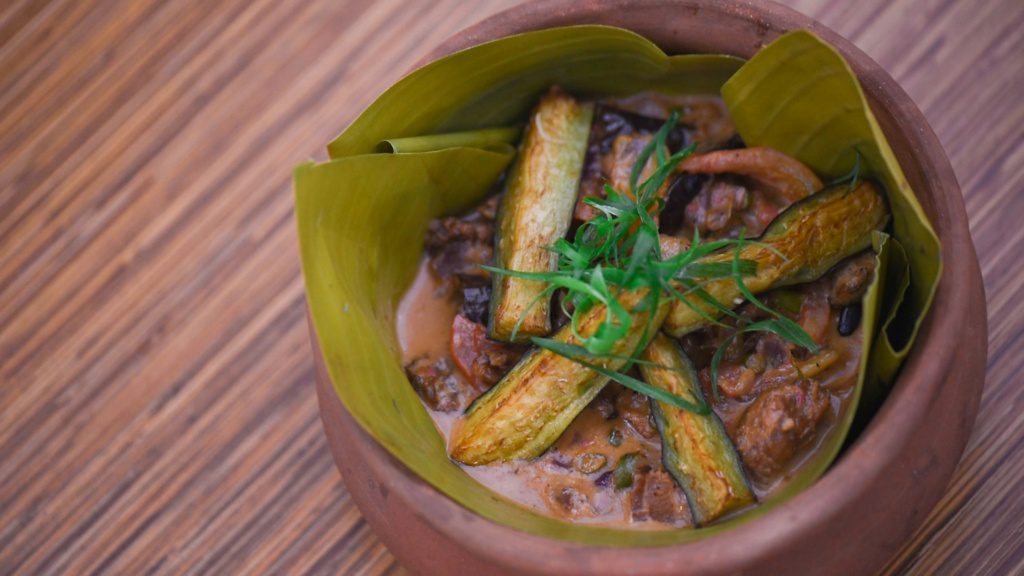
You might also like: Echo Park: East LA’s Underrated Street Food Paradise
Remembering the Trailblazers
Three now-closed venues paved the way for this culinary moment.
LASA, once located in Chinatown’s Far East Plaza, helped redefine modern Filipino cuisine with its minimalist approach and seasonal, California-sourced ingredients.
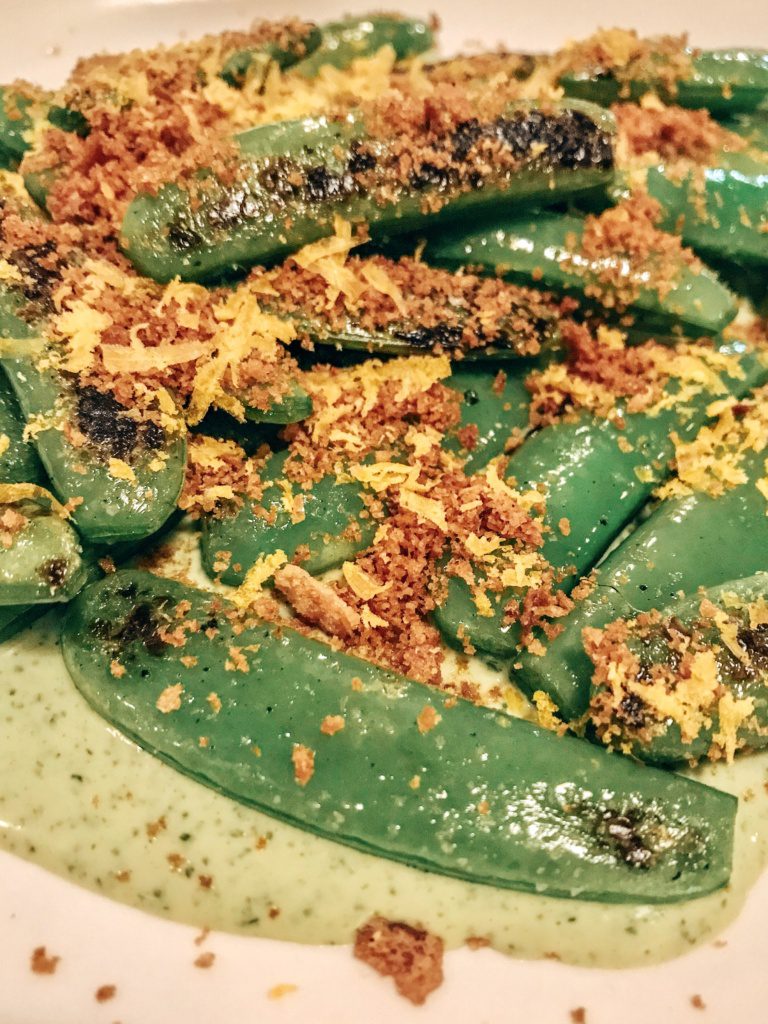
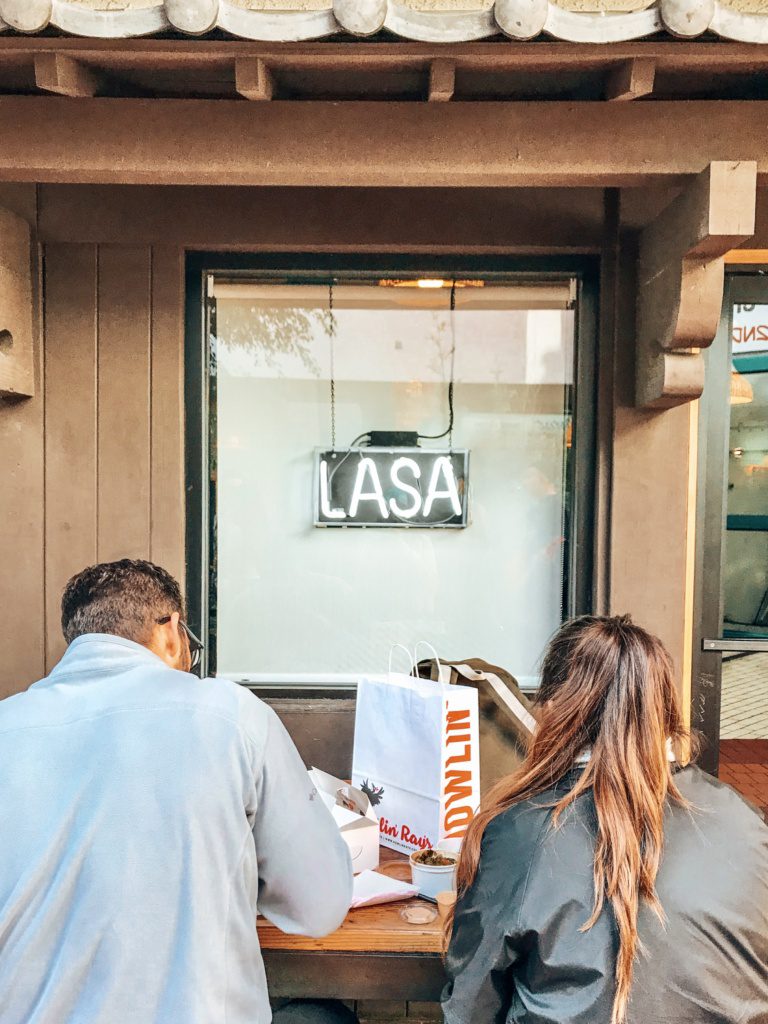
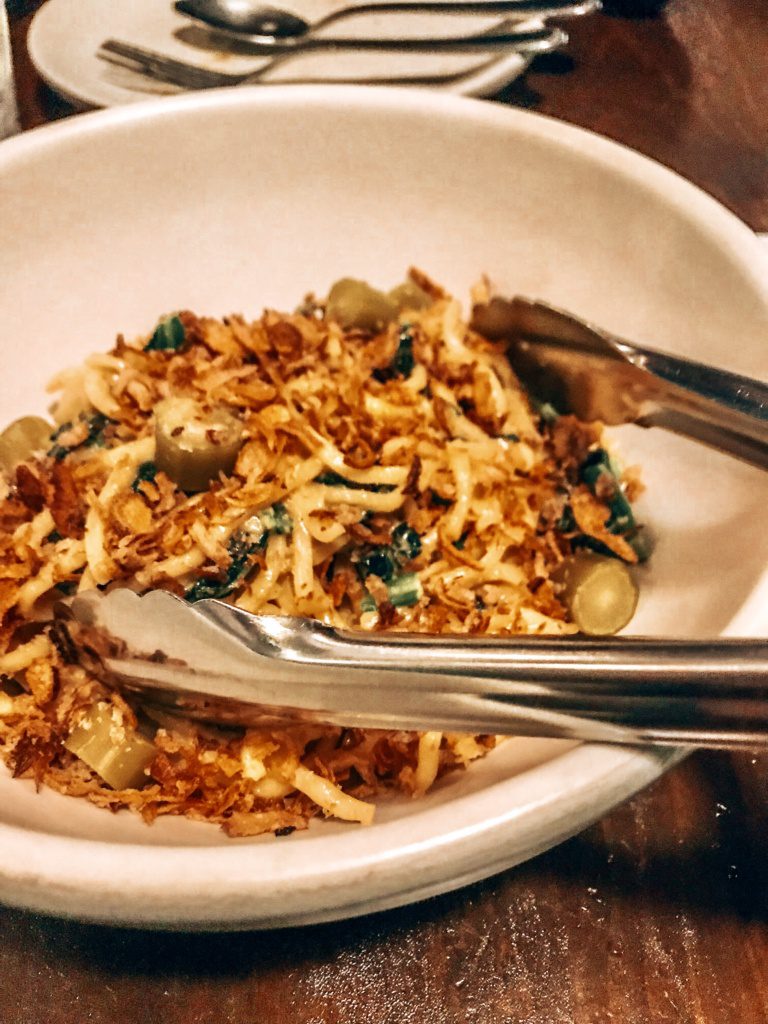
Ma’am Sir, a Silver Lake hotspot, delivered vibrant Filipino flavors in a stylish space that drew rave reviews and a diverse clientele.
Irenia, in Santa Ana, offered a refined and heartfelt take on Filipino food in Orange County, earning acclaim for its deeply personal approach to regional dishes.
Their closures were felt deeply in the community, but their influence lives on in the chefs and restaurants that followed.
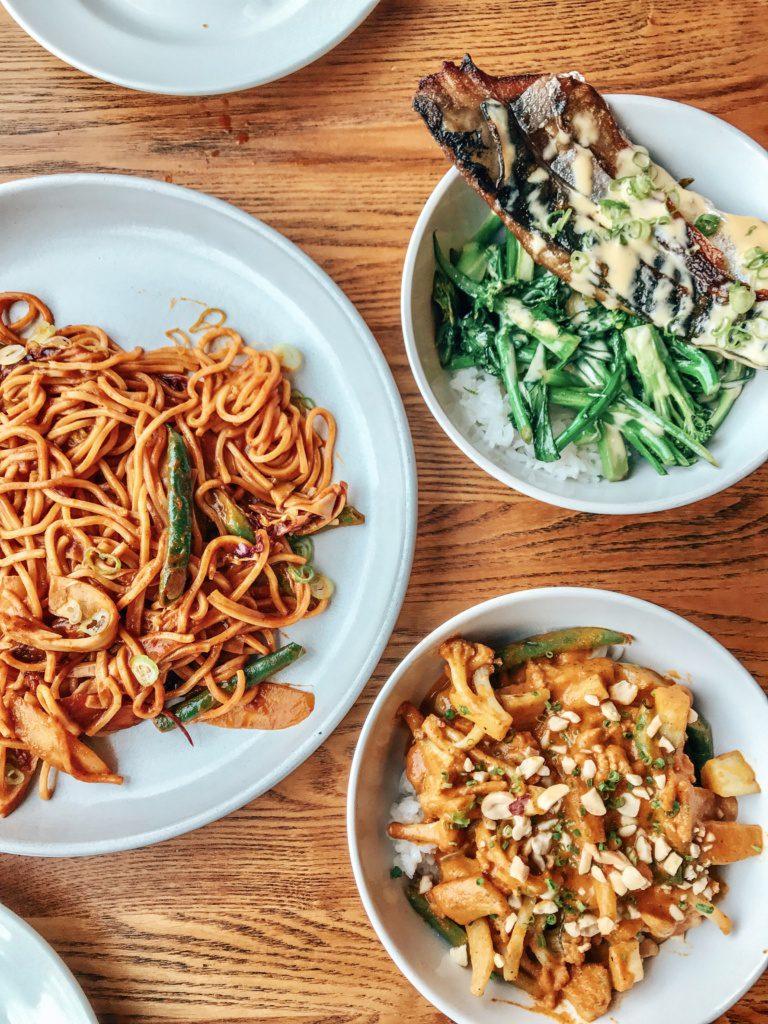
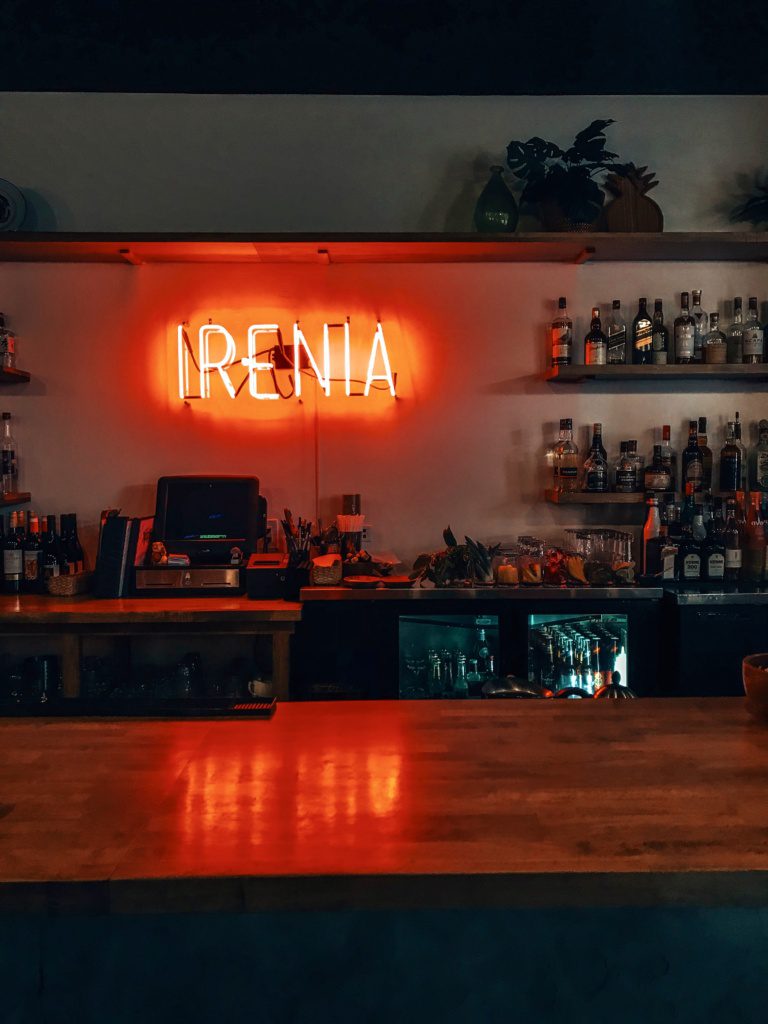
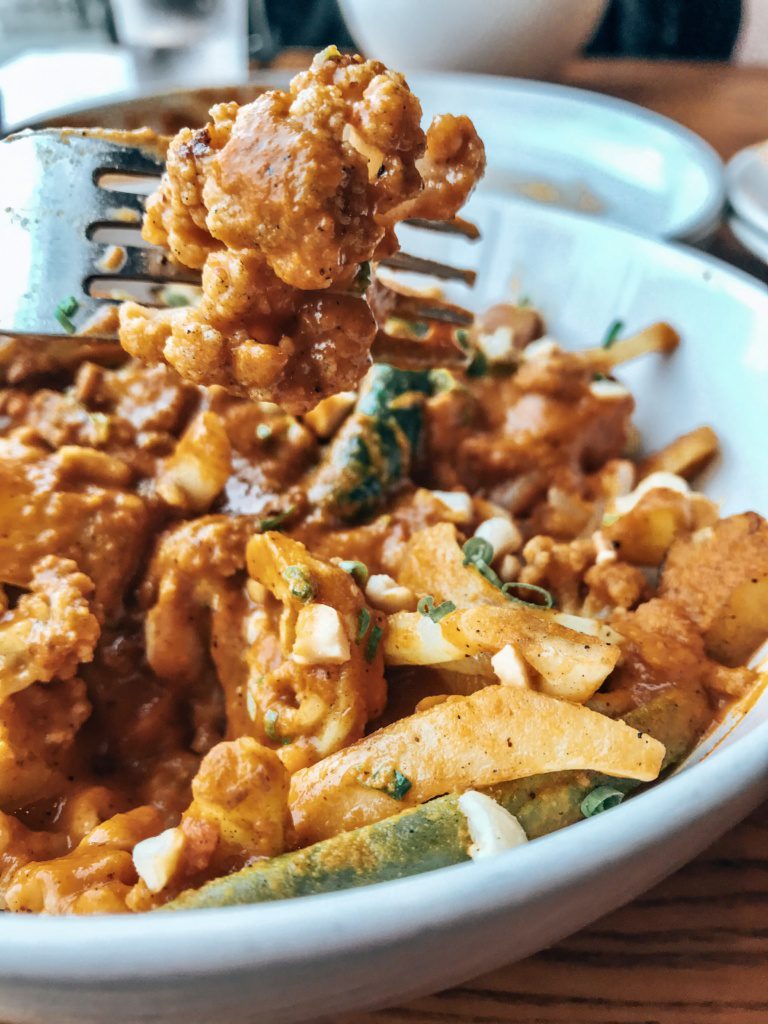
You might also like: Best Indian Burritos in Los Angeles: 3 Mexican Indian Fusion Spots You Should Try
For First Timers: The Must-Try Filipino Dishes
Filipino cuisine is a tapestry of flavors—sweet, sour, salty, umami—often present all in one dish. Here are a few iconic dishes perfect for newcomers:
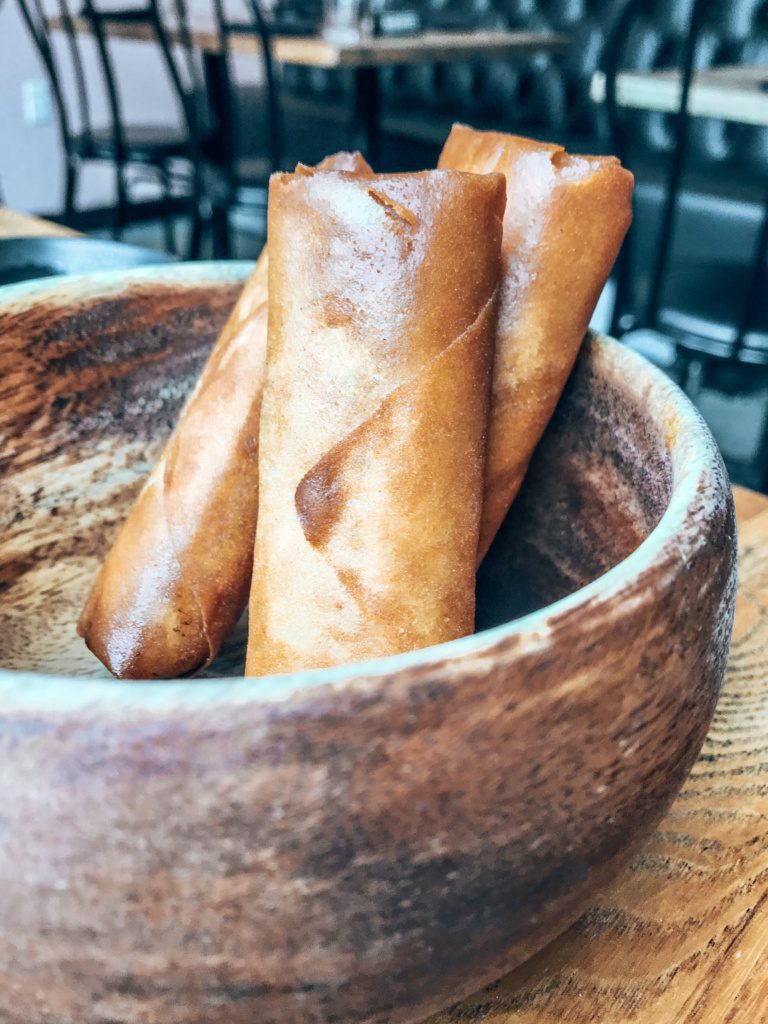
- Adobo – A soy sauce and vinegar-braised meat dish (usually chicken or pork), tangy, savory, and deeply comforting.
- Sinigang – A sour tamarind-based soup with vegetables and meat, typically pork or shrimp. It’s the ultimate Filipino comfort food.
- Lechon Kawali – Crispy pork belly served with a vinegar dipping sauce or liver gravy (sarsa).
- Pancit – Stir-fried noodles, often served during celebrations, with vegetables, meat, and a spritz of calamansi.
- Lumpia – Filipino spring rolls—either fresh (lumpiang sariwa) or fried (lumpiang shanghai)—perfect as an appetizer or snack.
- Halo-Halo – A colorful, icy dessert with sweetened beans, fruits, jellies, leche flan, ube, and shaved ice topped with evaporated milk.
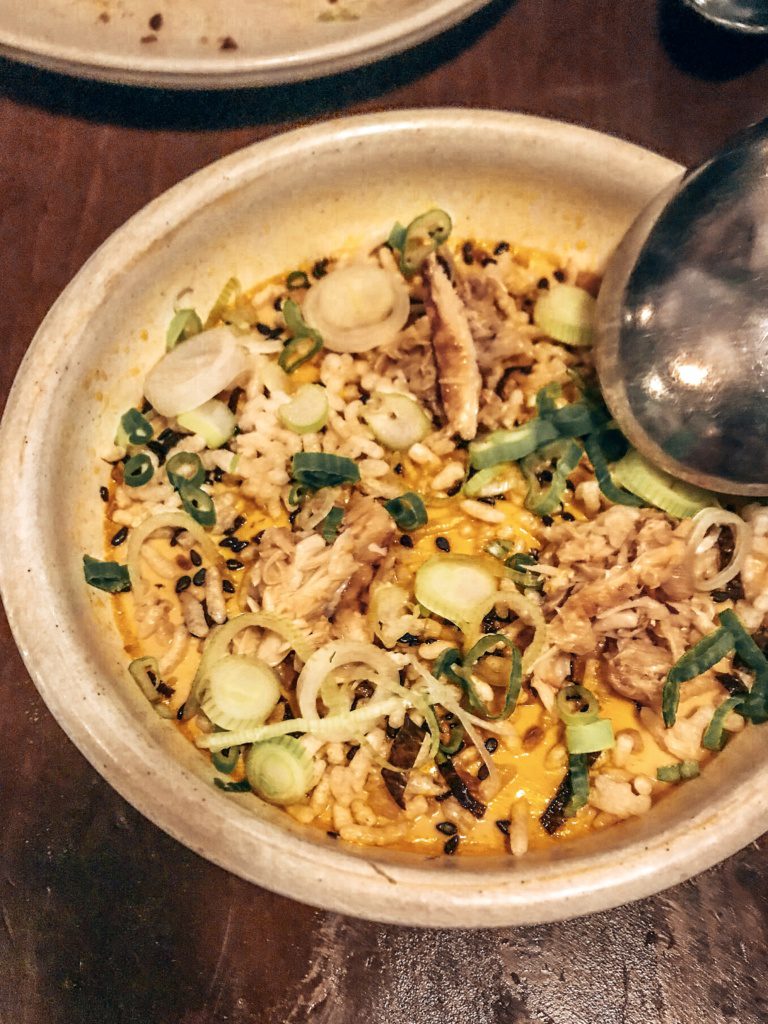
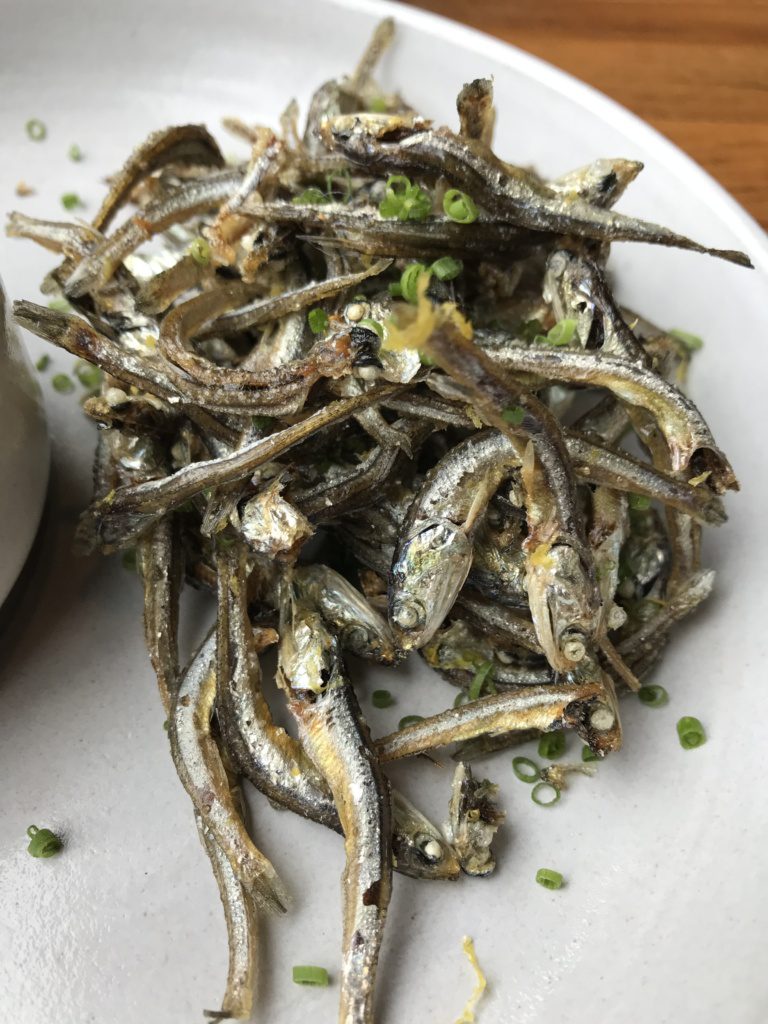
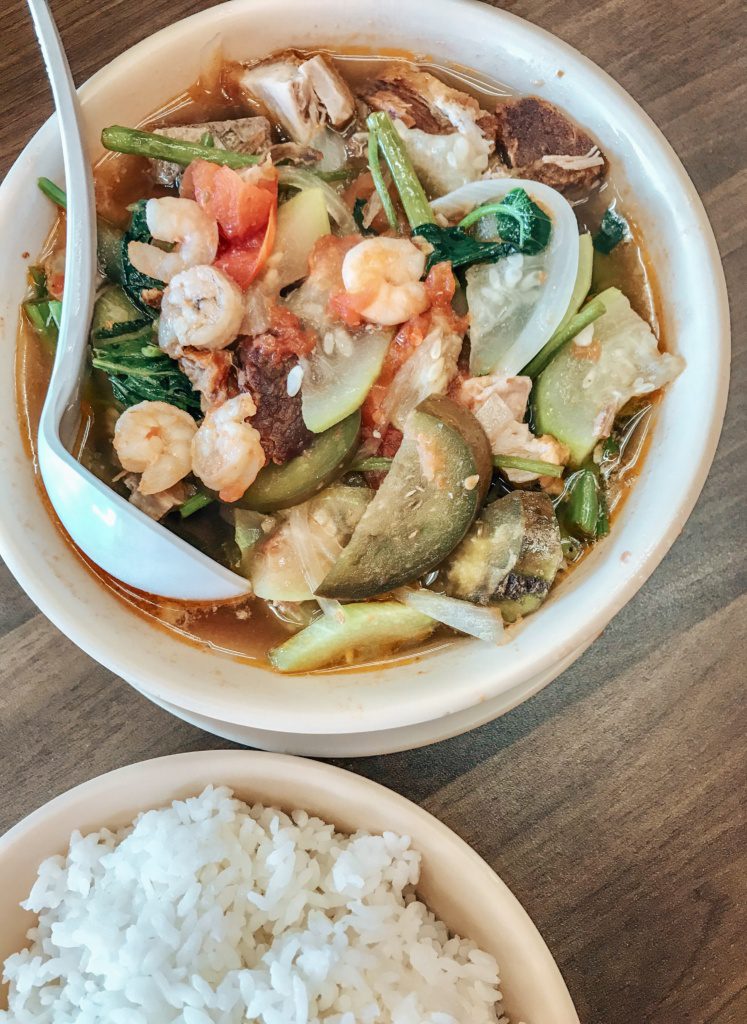
You might also like: LAPD Academy Cafe: The Best-Kept Food Secret in Los Angeles
Why Filipino Food Deserves the Spotlight
Filipino food deserves to be celebrated not just for its flavors but for its cultural richness and emotional depth.
It’s cuisine born of survival, shaped by colonization, migration, and resilience. It bridges continents and histories, speaking to the complexities of identity and home.
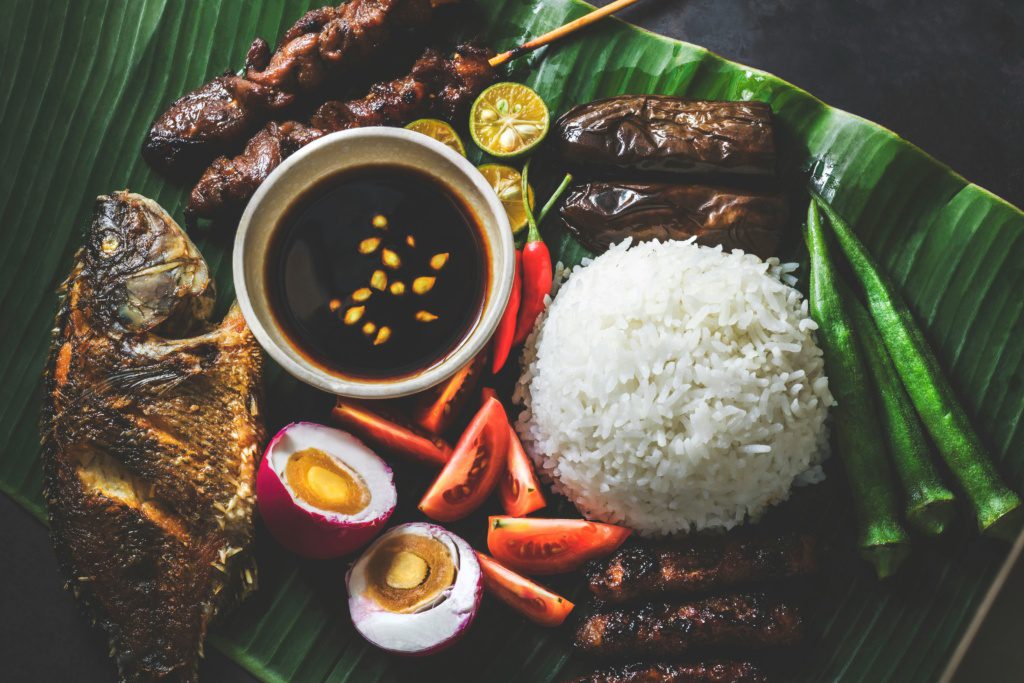
In Los Angeles—a city defined by its diversity and ever-evolving tastes—Filipino food is no longer just the underdog. It’s a cuisine finding its voice, and more importantly, its audience.
Whether you’re exploring HiFi’s hidden gems or dining at a hip bistro on the East Side, now is the time to embrace the bold, bright, and deeply satisfying world of Filipino food.
You might also like: La Azteca Tortilleria: Best Chile Relleno Burritos in LA?
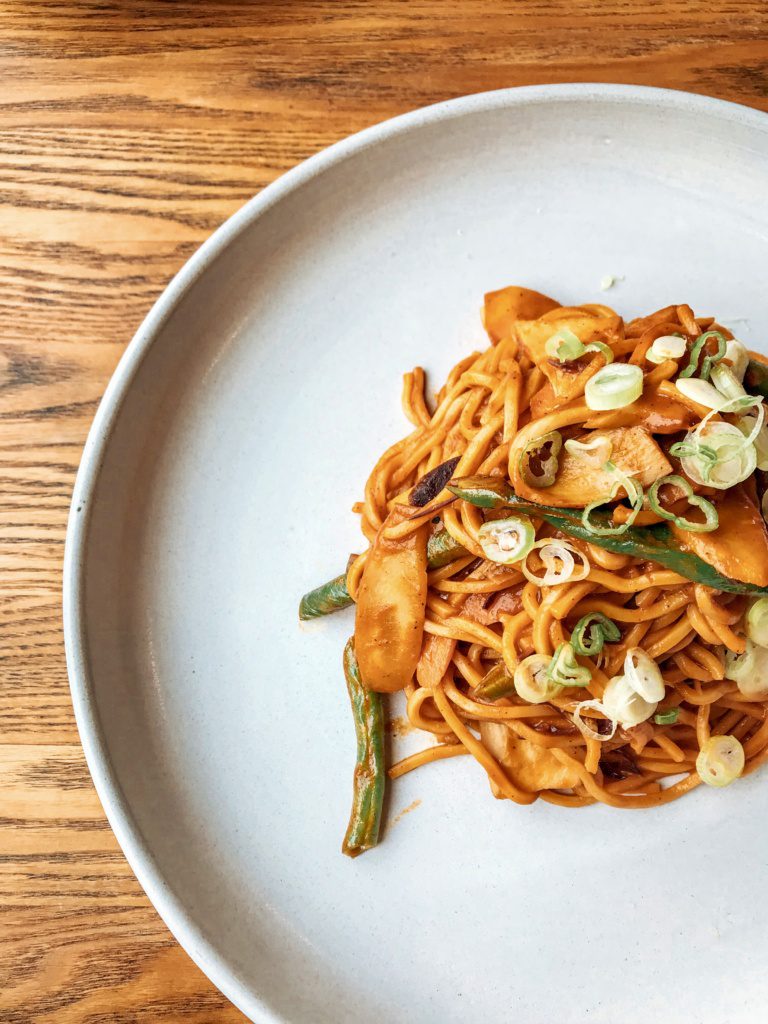
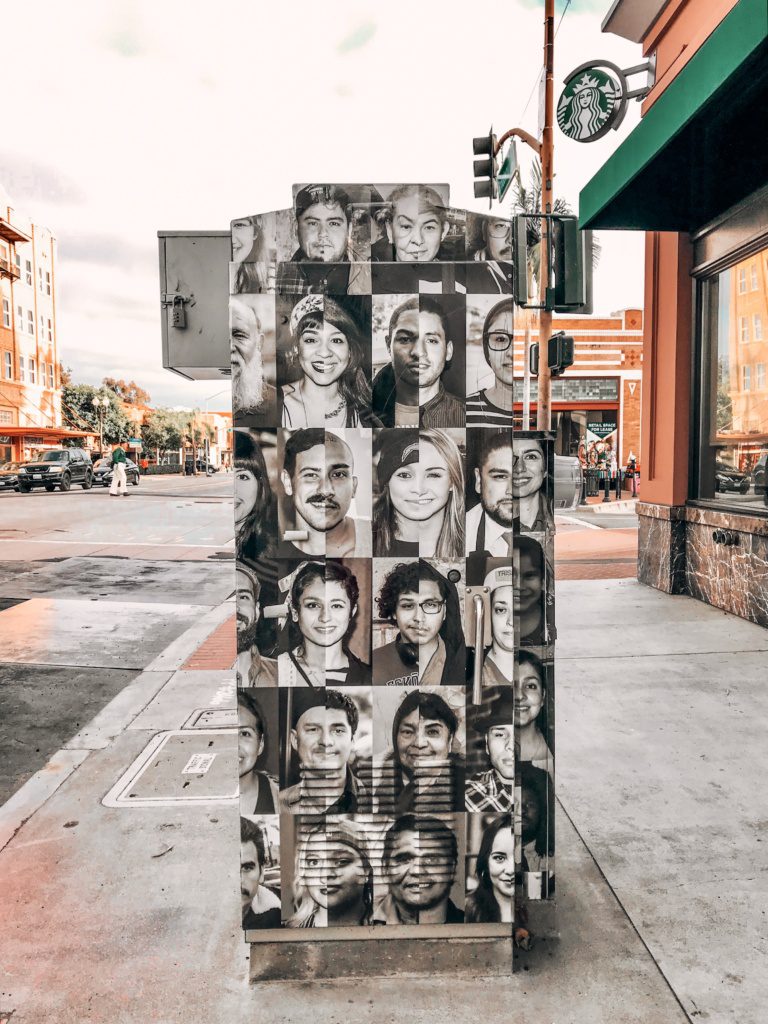
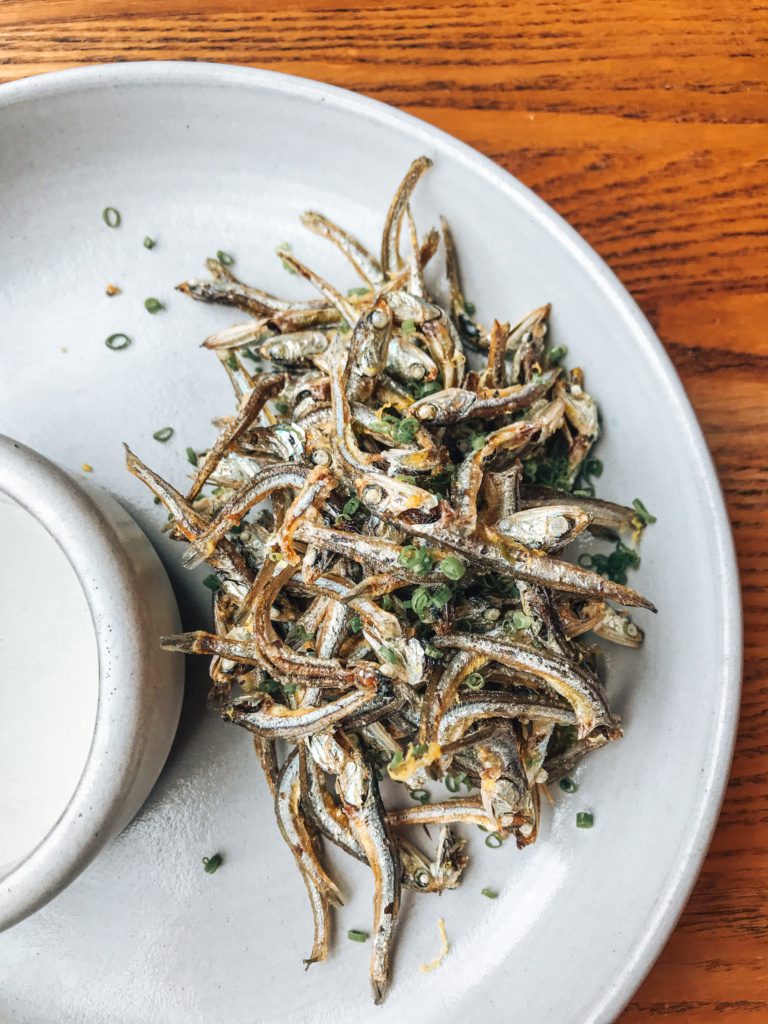
What did we miss on the list of best Filipino food in Los Angeles? Let us know in the comments or tag @eightyflavors on socials!
OUR TRIED AND TESTED FOOD TRAVEL RESOURCES: Book a hotel with Booking.com. Search for the best flight deals on Skyscanner. Find the best local food tours on Viator. Browse curated conscious group trips with GAdventures. Get your travel insurance with World Nomads.
Disclaimer: this post contains affiliate links. We’ll receive a small commission if you purchase through the link provided, at no extra cost to you. Thank you for your support in running this blog!

